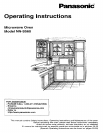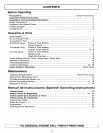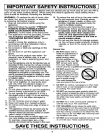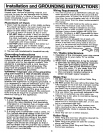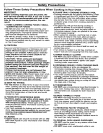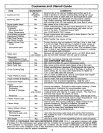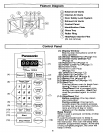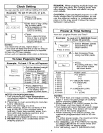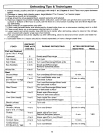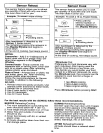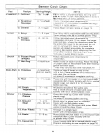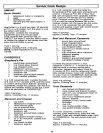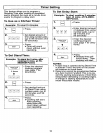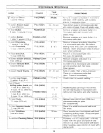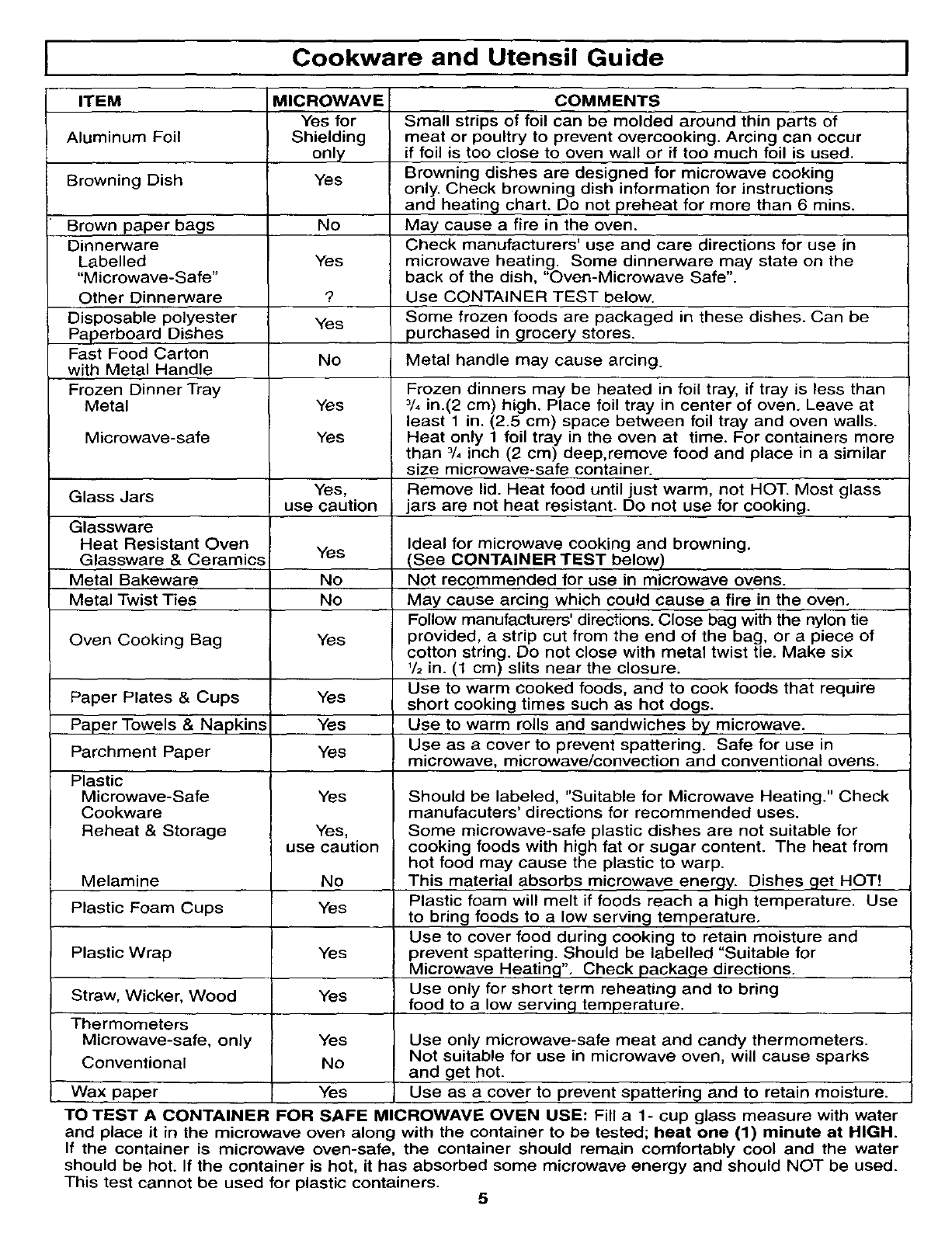
I Cookware and Utensil Guide I
ITEM
Aluminum Foil
Browning Dish
Brown paper bags
Dinnerware
Labelled
"Microwave-Safe"
Other Dinnerware
Disposable polyester
Paperboard Dishes
Fast Food Carton
with Metal Handle
Frozen Dinner Tray
Metal
Microwave-safe
Glass Jars
Glassware
Heat Resistant Oven
Glassware & Ceramics
Metal Bakeware
Metal Twist Ties
Oven Cooking Bag
Paper Plates & Cups
Paper Towels & Napkins
Parchment Paper
Plastic
Mic rowave-Safe
Cookware
Reheat & Storage
Melamine
Plastic Foam Cups
Plastic Wrap
Straw, Wicker, Wood
Thermometers
Microwave-safe, only
Conventional
Wax paper
MICROWAVE
Yes for
Shielding
only
Yes
No
Yes
?
Yes
No
Yes
Yes
Yes,
use caution
Yes
No
No
Yes
Yes
Yes
Yes
Yes
Yes,
use caution
No
Yes
Yes
Yes
Yes
No
Yes
COMMENTS
Small strips of foil can be molded around thin parts of
meat or poultry to prevent overcooking. Arcing can occur
if foil is too close to oven wall or if too much foil is used.
Browning dishes are designed for microwave cooking
only, Check browning dish information for instructions
and heating chart. Do not preheat for more than 6 rains.
May cause a fire in the oven.
Check manufacturers' use and care directions for use in
microwave heating. Some dinnerware may state on the
back of the dish, "Oven-Microwave Safe".
Use CONTAINER TEST below.
Some frozen foods are packaged in these dishes. Can be
purchased in grocery stores.
Metal handle may cause arcing.
Frozen dinners may be heated in foil tray, if tray is less than
3/4 in.(2 cm) high. Place foil tray in center of oven. Leave at
least 1 in. (2.5 cm) space between foil tray and oven walls.
Heat only 1 foil tray in the oven at time. For containers more
than 3/, inch (2 cm) deep, remove food and place in a similar
size microwave-safe container.
Remove lid. Heat food until just warm, not HOT. Most glass
jars are not heat resistant. Do not use for cooking.
Ideal for microwave cooking and browning.
(See CONTAINER TEST below)
Not recommended for use in microwave ovens.
May cause arcing which could cause a fire in the oven.
Follow manufacturers' directions. Close bag with the nylon tie
provided, a strip cut from the end of the bag, or a piece of
cotton string. Do not close with metal twist tie. Make six
'/2 in. (1 cm) slits near the closure.
Use to warm cooked foods, ancl to cook foods that require
short cooking times such as hot dogs.
Use to warm rolls and sandwiches by microwave.
Use as a cover to prevent spattering. Safe for use in
microwave, microwave/convection and conventional ovens.
Should be labeled, "Suitable for Microwave Heating." Check
manufacuters' directions for recommended uses.
Some microwave-safe plastic dishes are not suitable for
cooking foods with high fat or sugar content. The heat from
hot food may cause the plastic to warp.
This material absorbs microwave energy. Dishes get HOT!
Plastic foam will melt if foods reach a high temperature. Use
to bring foods to a low serving temperature.
Use to cover food during cooking to retain moisture and
prevent spattering. Should be labelled "Suitable for
Microwave Heating". Check package directions.
Use only for short term reheating and to bring
food to a low serving temperature.
Use only microwave-safe meat and candy thermometers.
Not suitable for use in microwave oven, will cause sparks
and get hot.
Use as a cover to prevent spattering and to retain moisture.
TO TEST A CONTAINER FOR SAFE MICROWAVE OVEN USE: Fill a 1- cup glass measure with water
and place it in the microwave oven along with the container to be tested; heat one (1) minute at HIGH.
If the container is microwave oven-safe, the container should remain comfortably cool and the water
should be hot. If the container is hot, it has absorbed some microwave energy and should NOT be used.
This test cannot be used for plastic containers.
5



